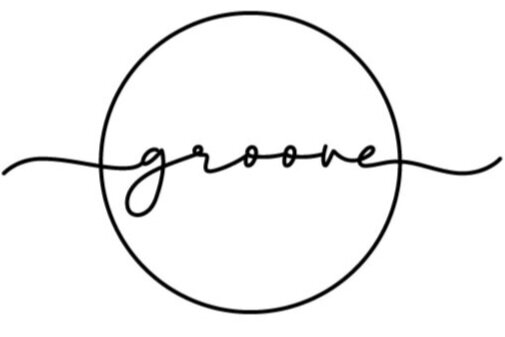Instrumental Identity
Did you know that musical instruments have identities? They’re conveyed through timbre, or the character or quality of a sound that makes it distinct. Timbre is what makes a specific instrument or person’s voice different than another even if other factors are identical.
Music research shows that timbre affects the perception of emotion in music, including happiness, sadness, anger, and fear. I don’t really understand the experiments and results, but I relate to the idea that we are revealing our identities in what we sound like, in our timbre. We are also projecting emotions such as happiness, sadness, anger, or fear that others can perceive.
I am sensing a range of emotions projected in response to our situation right now. It’s a time that is testing character and quality of the sounds we make despite our groove being thrown off. It’s a test of finding a new groove even if we’re stuck at home with nothing going as planned.
Psychologists tell us that “By holding firm to our sense of identity and remaining conscious of the source of that identity, we can better weather the storms of uncertainty and chaos with which we may be confronted.” We reveal this core identity and establish a firm sense of what defines us by asking what’s important to us. I think it’s a perfect time to reevaluate and ask: what really makes me groove?
I like that “brightness” is used to indicate timbre, distinguishing between sounds. Brightness is exactly what I want to use to distinguish my voice, my attitude, and my actions especially during this time. What a privilege it is to shine through all the unknown.
